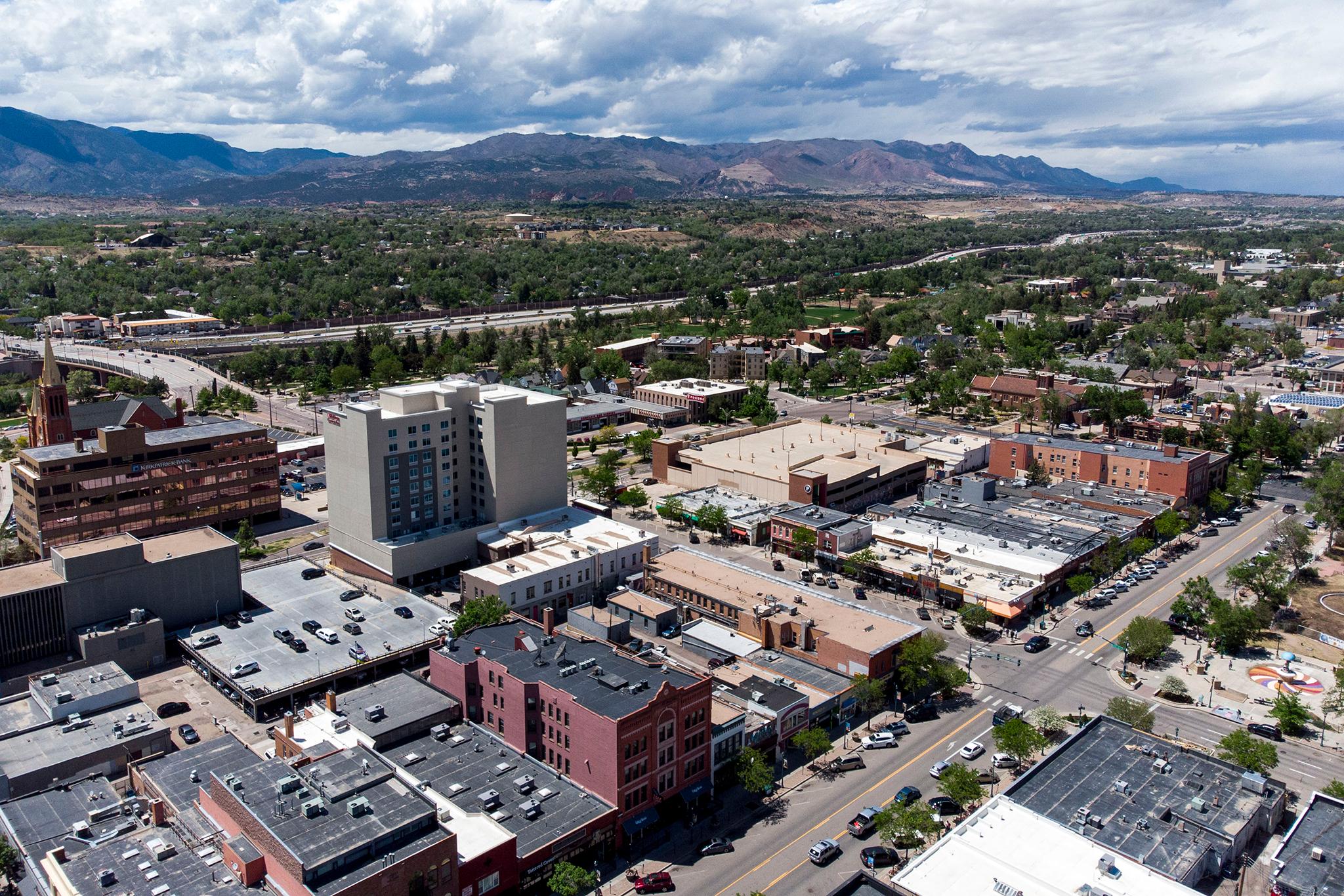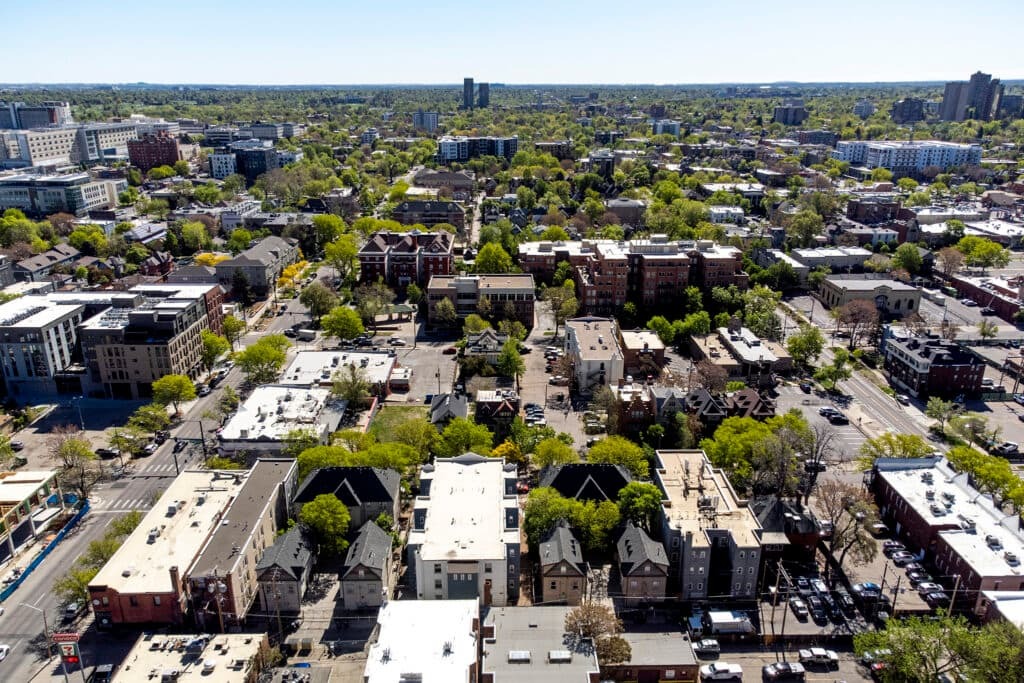
Fewer people in El Paso County are experiencing homelessness according to this year's annual Point in Time count.
The survey is a demographic count of the number of people without a home or housing in the county on a set night each year. This year, 56 volunteers surveyed people over a five-day reporting period, including nonprofit organizations involved in street outreach services and individuals experiencing homelessness themselves.
According to the results, a total of 1,146 individual people were experiencing homelessness, down 12 percent from the previous year. Of these people, 259 were deemed unsheltered, which means they might have been sleeping outside, in their cars, in abandoned buildings, or other similar locations considered unsuitable for living. That's also a decrease from 2023, of about 31 percent — or 115 fewer people. Others counted were either in emergency or transitional shelters.
Additionally, this year's Point in Time survey counted 89 military veterans, which is 26 fewer than the previous year.
This year’s numbers continue a trend. 2023’s count of the unhoused population was the lowest since 2016.
But not all indicators are decreasing, and officials say the survey is just a snapshot.
"It's important to remember that the PIT Count is just one piece of a much larger dataset that we use to understand and address homelessness," said Kristy Milligan, chair of the Pikes Peak Continuum of Care and CEO of Westside CARES, in a release.
There was a 12 percent increase this year in the number of people who are experiencing homelessness as part of a family, which, the report said, is notoriously difficult to accurately count for myriad reasons.
Other data shows people aged 45-54 made up the largest group of unsheltered people with 69, followed closely by 65 people aged 35-44. The majority are male. Six identified themselves as transgender and seven as non-binary.
The survey also collects information on race and ethnicity, but according to Continuum of Care, changes on a federal level for this year's count combined the race and ethnicity categories. Data shows a vast majority of those experiencing homelessness identified as white (542). The aforementioned categorical change means more people identified as multi-racial than before, with 265.
Still, even with race and ethnicity combined into one category, people experiencing homelessness whose identity might include American Indian, Alaska Native or Indigenous are twice that of the general population. The same is true for Black or African American people, with fewer people experiencing homelessness identifying as white when compared to the general population.
The Point in Time survey is conducted by the Pikes Peak Continuum of Care, which is a collection of agencies that work to find solutions to homelessness. It's part of a national program from Housing and Urban Development.









